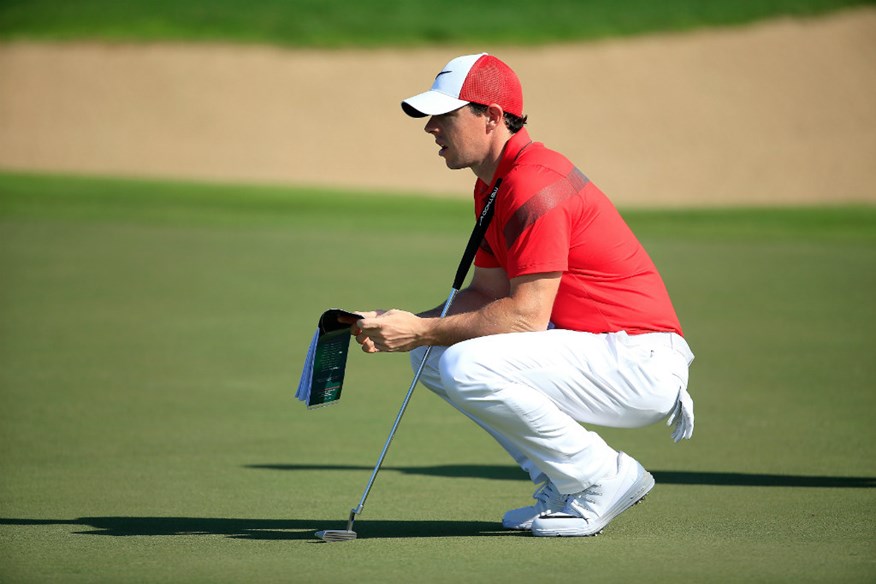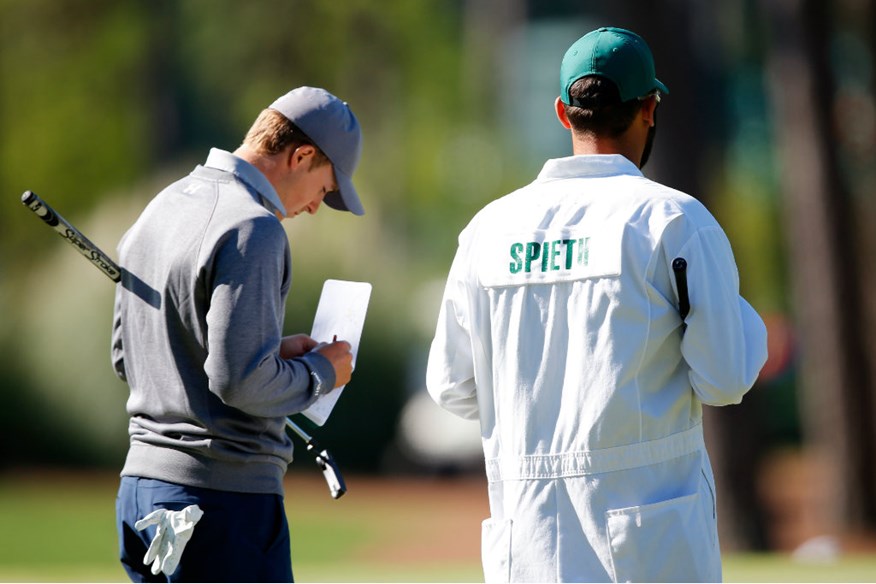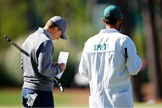Five stats you should track that will actually improve your scores
Published:
A little while ago, we explained why many of the traditional golf statistics don’t help you and, in some cases, can actually harm your game.
Many of you agreed. But, you asked, what stats should we be tracking in order to improve our scores? Well, we’re glad you asked…
Your score from 75 yards and in
Every time you’re within 75 yards of the hole, keep a track of how many shots it takes you to get down. Three shots is a par, two is a birdie, four a bogey, five a double, and so on. Over the course of your round, work out how many shots under or over par you finished. If you’re over par, you know it’s an area of your game you need to work on.
It’s an area that can make a huge difference to your score, no matter how strong or poor your long game is. That’s why tour pros spend such a huge percentage of their practice time working on short shots.
If you can get to a stage where you know you’re not taking any more than three shots every time you get within 75 yards, it will really take the pressure off the rest of your game, and your scores will improve.
If you get really good, increase it to 100 yards and repeat the process.
Tee shots that cost you a shot
We told you why fairways hit isn’t always a helpful statistic, but that doesn’t mean that you can spray it all over the place and not worry about the consequences. A tee shot that finishes just off the fairway but leaves you a perfectly good second shot is fine, but a drive that means you’re forced to chip out sideways or lay-up is not.
Make a note on your scorecard of any hole where your drive leaves you in a position where you’ve got no chance of hitting the green in regulation. Ideally, of course, that number should be zero. If it’s much higher than that, you either need to work on your driving, or your course strategy.
Tracking it over a few rounds at your home course is particularly helpful, as it will enable you to spot a trend. If you always put yourself in trouble off the fifth tee, maybe it’s time you experimented by hitting a different club or picking a different target line.

Par 3 greens
Make par on all the par-3s during a round and you’re well on your way to a good score. And, unless you’ve got any ridiculously long ones that you just can’t reach, there’s no excuse not to be hitting the green more often than not. You know what club you need to hit, as the yardage is almost the same from week to week, and you can give yourself the perfect lie, even teeing it up if you wish.
Keep a track of how often you hit the green on each par-3 at your course. If there’s one you keep missing, work on the exact shot you need on the range until it’s the strongest shot in your locked.
But hold on, we told you that greens in regulation is a waste of time, and now we’re telling you to track it on par-3s? Fair point. We don’t care if your tee shot doesn’t finish on the green; we only care that it leaves you in a good spot. So we’ll let you class any tee shot that leaves you in a position where you should be two-putting as a green hit. If you’re an inch off the green but only 25 feet from the hole, that absolutely counts; if you’re putting through 20 yards of rough just to get to the green, that does not.
Three-putts
Unless your course has gargantuan greens with mountainous undulations and you’ve left yourself 200 feet from the pin, there’s never an excuse for three-putting. If you do three-jab, make a note on your scorecard, and think back afterwards about what caused it. If you notice that your pace control on long putts is the problem, go and work on that. If you find yourself missing tiddlers from three feet, go and practise them until you can hole them in your sleep.
Stiff chips
From four to eight feet, tour pros only make 60-80% of putts. From three feet, however, they barely ever miss. If you just miss a green, leaving yourself a rudimentary chip, your minimum aim should be to get it within three feet, from where you should never miss the putt. Make a note of how often you have that opportunity on the course, and how often you capitalise by knocking it stiff. If the answer is “not bloody often”, get yourself to the chipping green until you’re disappointed not to hole them.


